Miniature "Dagger" and the updated "Gadfly": what is the strike potential of the Russian Su-57
It is believed that the Russian Su-57s are still limited in their capabilities and are inferior to the fully combat-ready J-20 (PRC) and F-22 (USA) fighters. However, unlike the "classmates", the Su-57 are more versatile. They are capable of effectively hitting both air targets and objects on land or water. At the same time, an assessment of their range of ammunition allows us to say that the striking role of a combat aircraft is almost at the forefront.
What the Russian Su-57 is capable of as a strike fighter with new high-precision ammunition that provides an offensive potential, the Military Watch Magazine found out.
Planning high-precision powerful bomb PBK-500U "Drill", working on the principle of "fire and forget", allows you to accurately hit ground targets at a distance of 30-50 km. The carrier does not need to enter the enemy's close air defense zone: the ammunition, having both inertial guidance and the GLONASS satellite system, as well as the "friend or foe" recognition complex and the means of countering electronic warfare, will fly where necessary.
Each such bomb contains 15 homing anti-tank submunitions weighing about 15 kg each, capable of hitting fast moving armored targets.
For strikes from a greater distance at fixed targets, the Russians have Kh-59MK2 cruise missiles (modernization of the Kh-59 "Gadfly" medium-range). Su-57s tested them on Islamists in Syria in May 2018. This air-to-surface ammunition, with a 320 kg penetrating warhead, is capable of striking targets at ranges of up to 115 km. It is very effective against bunkers and all kinds of fortifications.
Will the Su-57 also be able to carry the Kh-59MK (range 285 km) and the Kh-59M2 (for strikes not only against ground targets, but also on surface targets with known coordinates), as well as the Kh-59MKM (penetrates reinforced concrete 3 m thick), it is not clear yet.
The Su-57 can use Kh-58 anti-radar missiles, which are optimized to neutralize radar and air defense facilities. The Kh-58USHE variant with a range of more than 150 km is a potentially ideal ammunition for a "sniper" role.
Also, the Russians can use modifications of the high-precision X-38 air-to-surface missile with a short range (up to 40 km) with a 250 kg warhead and a speed of Mach 2,2, which makes it difficult to intercept them.
Not the last in the arsenal of the Su-57 are the Kh-36 Thunder “rocket-bombs” with a range of 120 km and a warhead of increased power.
The most notable air-to-surface missile for the Su-57 is a miniature version of the Kh-47M2 Kinzhal hypersonic missile, which can be described as potentially revolutionary. It does not yet have a specific name. Combined with the capabilities of the Su-57, the mini-Dagger will pose a serious threat, as it can evade all known air defense systems. The missile is capable of flying more than 1000 km and, given its speed (Mach 10-12), can literally split a large military surface ship in half, which makes the Su-57 a promising excellent hunter for enemy navies.
- summed up the media.
- KTRV, Ministry of Defense of the Russian Federation, Allocer/wikimedia.org
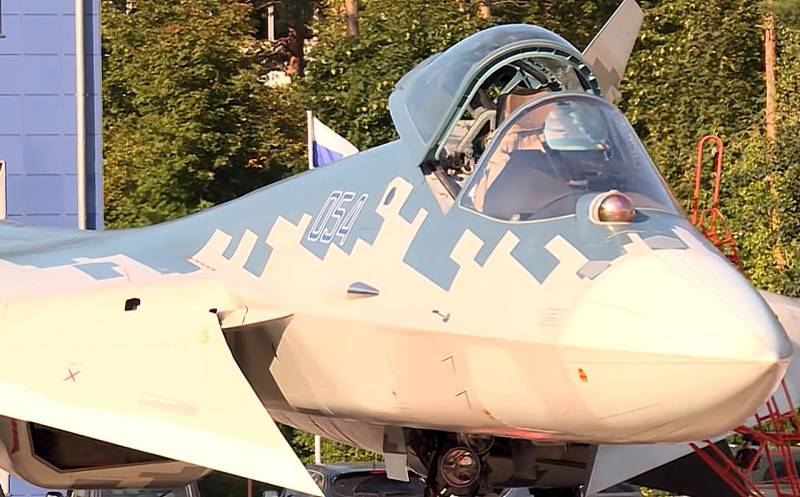
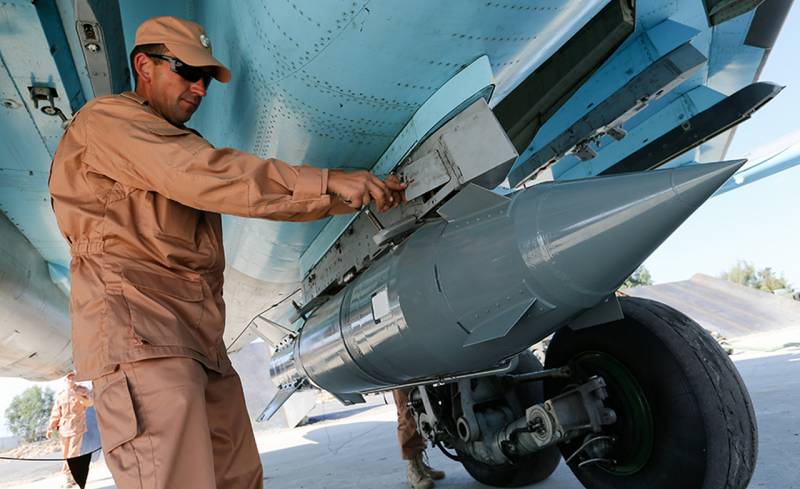
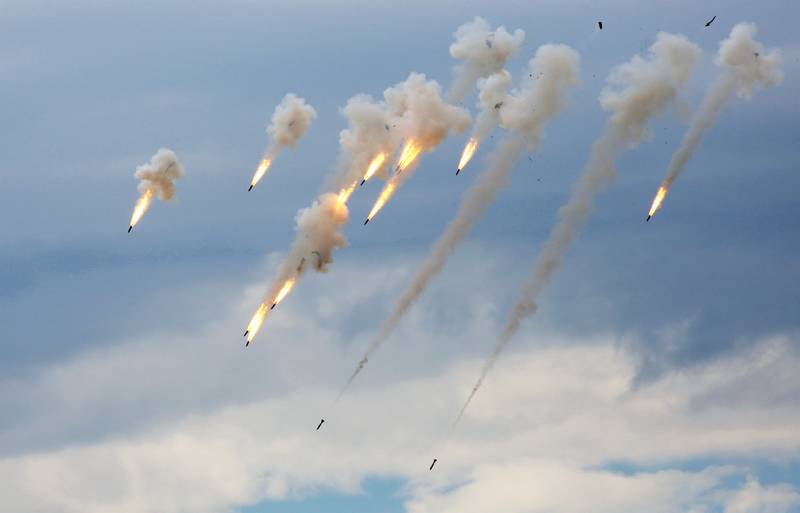
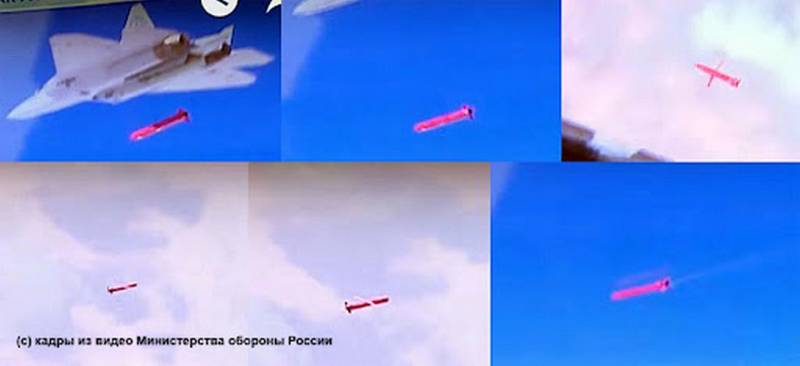
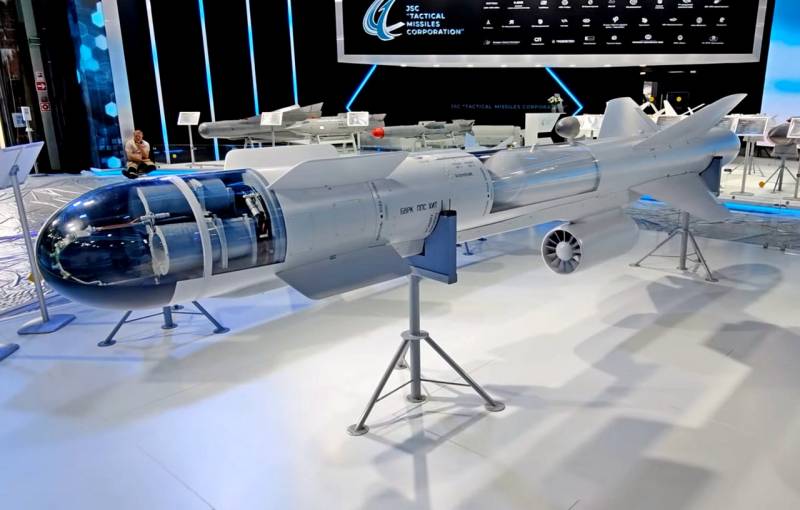
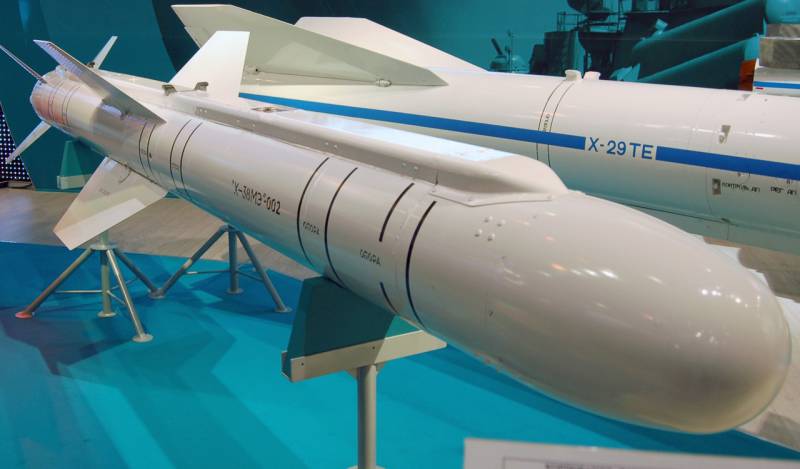
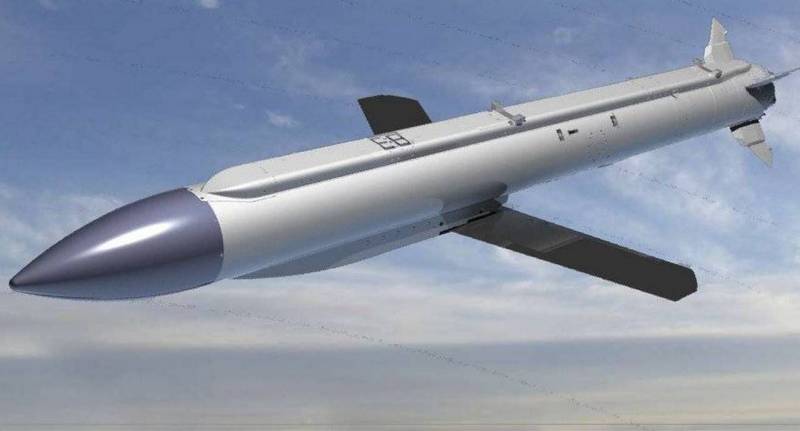
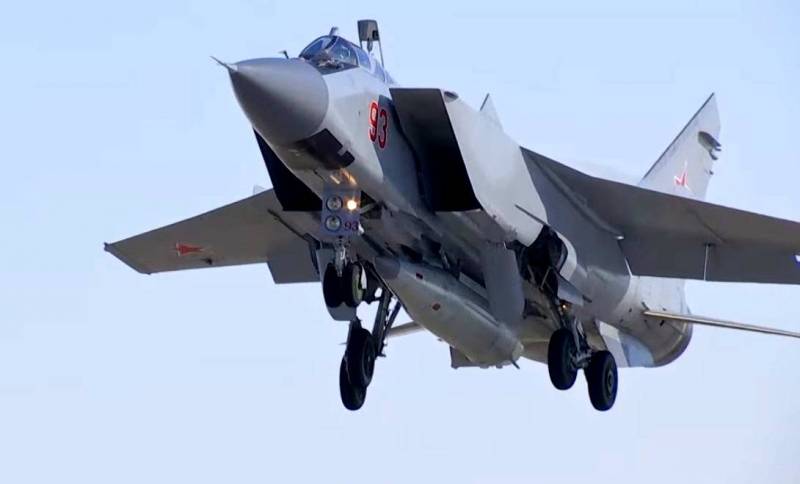
Information